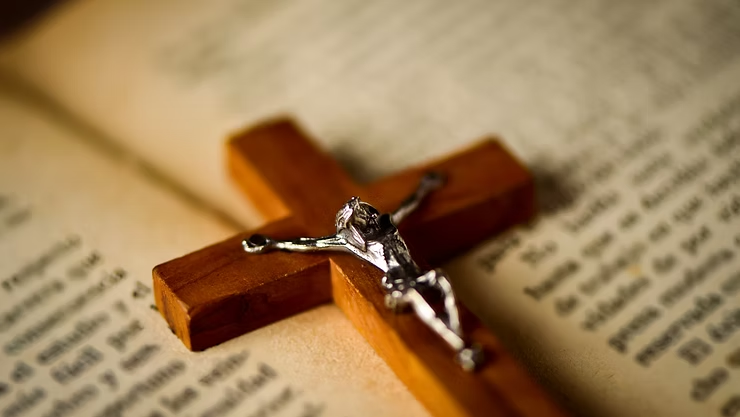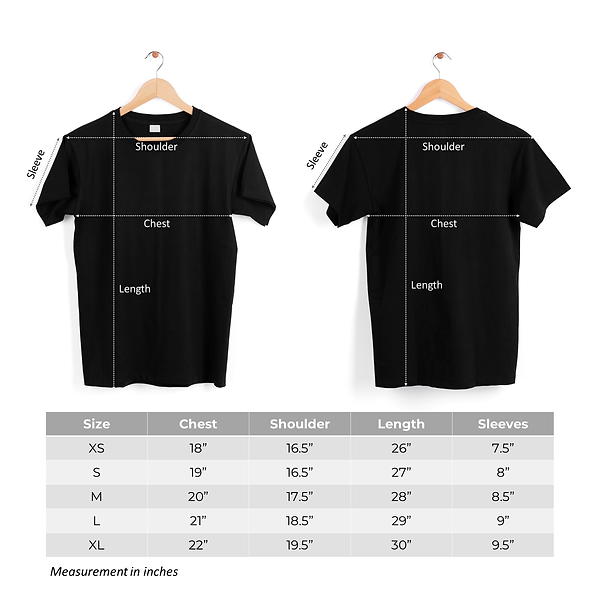Diversity Among Christian Denominations
The wide range of Christian denominations is rooted in centuries of historical, cultural, and theological development. While all denominations share essential beliefs, their practices, leadership structures, and interpretations reflect the complexity and richness of the global Christian faith.
Historical Foundations of Denominational Differences
Formation of Church Hierarchy
Early Christianity evolved from informal gatherings into a structured church hierarchy. Roles such as bishops, presbyters, and deacons emerged to guide communities and uphold doctrine.
- Bishops provided oversight and doctrinal integrity.
- Presbyters served as local elders and spiritual leaders.
- Deacons managed community service and practical needs.
Defining Orthodoxy Through Heresy
To protect theological unity, early church leaders condemned heretical teachings and emphasized apostolic traditions. Councils and writings helped define core beliefs, while enforcement mechanisms like the Inquisition regulated deviations.
What Drives Denominational Diversity?
Geographic and Cultural Influences
As Christianity spread globally, it adapted to local cultures and traditions. This resulted in unique forms of worship and doctrine:
- Latin America integrated indigenous customs with Catholic liturgy.
- Reformation-era Europe fostered national denominational identities.
- In Africa and Asia, Christianity merged with existing social structures.
Theological Disputes
Differing interpretations of scripture have led to major splits. Doctrinal debates over predestination, the sacraments, and church governance are central to denominational formation.
Evolution of Beliefs Over Time
Scientific advancements and cultural changes have prompted reevaluation of scripture and tradition. While some embrace these shifts, others maintain strict orthodoxy, leading to fundamentalist movements.
Shared Beliefs Across Denominations
Core Doctrines
- Belief in the Trinity: Father, Son, and Holy Spirit
- Jesus Christ’s divinity, death, and resurrection
- The Bible as sacred scripture
The Role of Women
Interpretations of women’s roles vary widely. Some denominations restrict leadership positions, while others ordain women as pastors or bishops.
Faith in Jesus Christ
Despite differences, all denominations affirm that salvation comes through faith in Jesus Christ. This shared belief unites Christians globally.
Leadership Structures in Denominations
Congregational and Democratic Models
- Baptist churches use congregational governance, with autonomy at the local level.
- Presbyterian churches follow a democratic structure involving elected elders and regional assemblies.
Unique Governance Approaches
Other denominations such as the Catholic Church and Quakers use hierarchical and consensus-based models respectively, reflecting theological and historical distinctions.
Global Spread and Modern Shifts
Christianity’s Shift to the Global South
While Christianity declines in the West, it thrives in Latin America, Africa, and Asia. Pentecostalism and charismatic movements are rapidly expanding due to their adaptability and spiritual emphasis.
Challenges for Traditional Churches
Western churches face declining attendance, secular influence, and financial strain. Many are adapting by using digital platforms, addressing social issues, and reevaluating traditional roles to remain relevant.
Conclusion
Christianity’s denominational diversity is shaped by centuries of change, yet its foundation remains rooted in a shared faith in Christ. Appreciating this diversity allows for a deeper understanding of the global Christian experience and the spiritual unity that binds it together.

